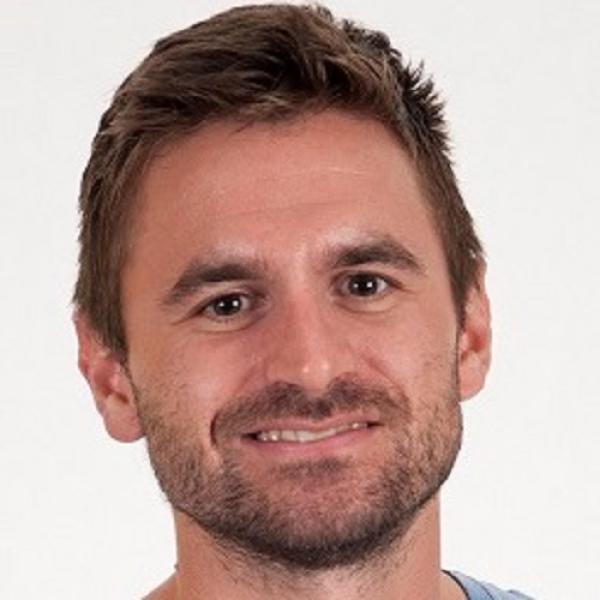John Kramer
Assistant Professor
School of Kinesiology
Faculty of Education
Dr. Kramer’s current research interests are focused on understanding the relationships between spinal cord injuries and neuropathic pain. Historically, pain has been measured from “yes or no” scores generated from pinprick stimulation. This approach, however, represents only one way that peripheral touch can be interpreted by the spinal cord sensory pathway. Dr. Kramer has made several important contributions to the validation of a newer technique known as Contact Heat Evoked Potential stimulation (CHEPs). CHEPs provides recordings of electrical signals reaching the brain, allowing complementary information regarding the spinal cord sensory pathway to be identified.
As part of Dr. Kramer’s ongoing research program, advanced neuroimaging and quantitative sensory testing techniques will continue to be developed to better understand how changes in the central nervous system (CNS) relate to the development of neuropathic pain. Using large SCI datasets, he is exploring the relationship between pain, neurological recovery, and other secondary health outcomes (e.g., cardiovascular disease). His research program will enable implementation of novel interventions aimed at improving outcomes and quality of life for people with SCI.
Dr. Kramer is an Assistant Professor with the School of Kinesiology at the University of British Columbia. He majored in Kinesiology for his B.Sc. undergraduate degree major at the University of Calgary, and then turned his focus to neuroscience for graduate research. He obtained a M.Sc. degree from the University of Western Ontario and completed his Ph.D. at the University of British Columbia. Dr. Kramer spent the next two years as a postdoctoral fellow, first at the Spinal Cord Injury Center in Uniklinic Balgrist (University of Zurich, Zurich, Switzerland), and then as a Senior Research Fellow at the Hulse Spinal Cord Injury Laboratory in the Shepherd Center (Atlanta, Georgia, USA).
Dr. Kramer says he enjoys his time at ICORD because of the diverse research interests among principal investigators and trainees. He adds that “there are not many facilities like ICORD in the world, where international experts are brought together in preclinical and clinical SCI research. With the expertise and facilities all in one building, it is an amazing opportunity to perform the highest level of research.”
